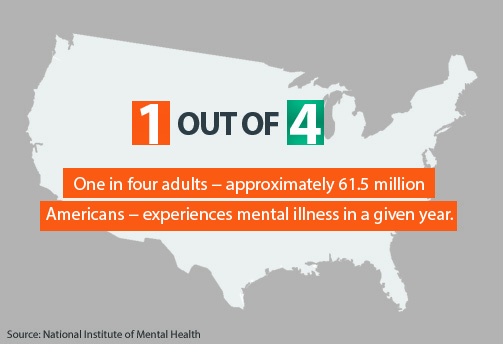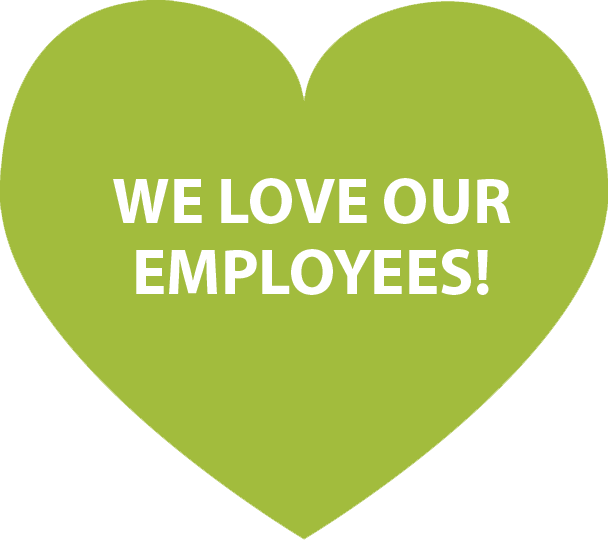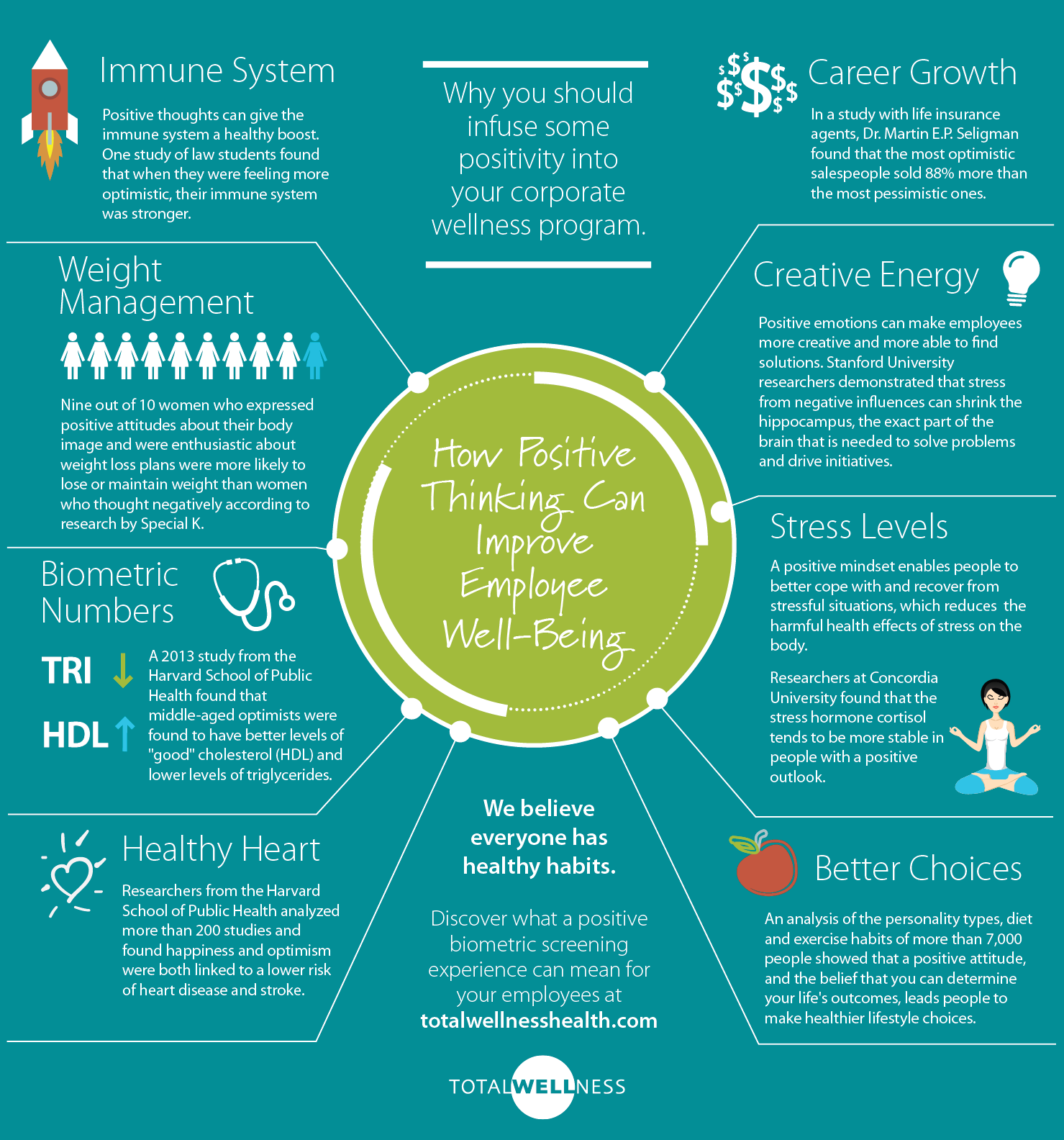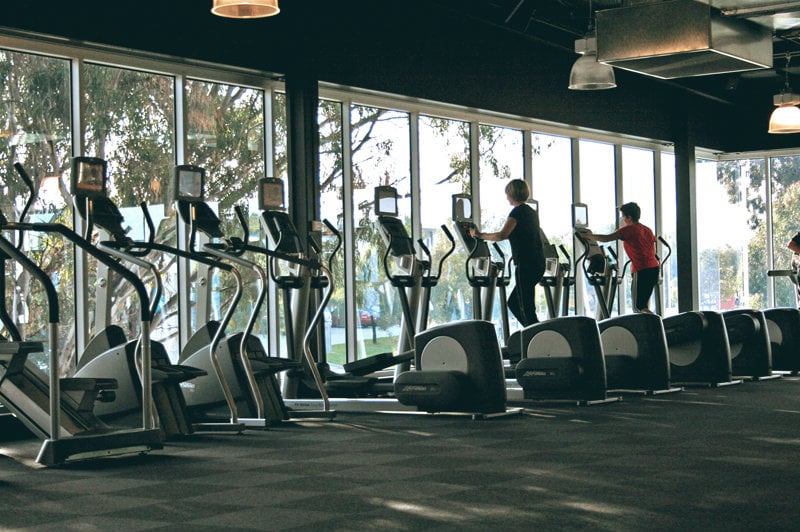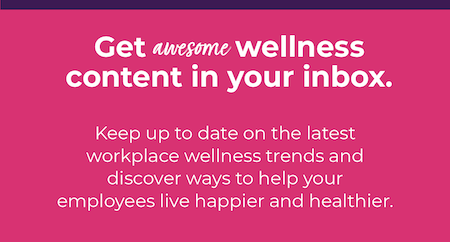According to the World Health Organization, as many as 450 million people worldwide suffer from a mental or behavioral disorder, and the average costs for employees with depression may be 4.2 times higher than those incurred by a typical employee. Mental health issues such as depression can lead to other health problems and snowball into a hefty chunk of change, both for you and your employee.
Why Mental Health is an Essential Element of Employee Wellness Programs
Topics: Wellness at Work
3 Simple Tricks to Breathe New Life into Your Wellness Program
As a busy wellness professional, it’s easy to get caught up in daily tasks and lose focus of what is really important. When you lose focus, you may become uninspired and complacent. You are not alone. With many wellness initiatives achieving less than 20% participation, your program may be struggling to engage and inspire employees. But does that mean once something is said to be six feet under, it can't rise again?
Topics: Wellness at Work
How Employee Wellness Perks Are Being Used to Nab Top Talent
When it comes to recruiting top talent, competitive health insurance and gym membership reimbursement may not cut it anymore. Facebook and Apple recently made headlines with the news that they will now offer financial support for female employees who wish to freeze their eggs.
Topics: Wellness at Work
Competition in the workplace had always existed, so including it in your corporate wellness program is a simple and super-smart strategy to boost participation and generate a ton of positive feedback. It's the perfect way to combine the trend of "gamification" with small incentives that can give employees defined goals, healthy competition and a true sense of teamwork.
It's pretty obvious to us that the door-to-door strolls around your neighborhood aren't enough to burn up all those candy calories on Halloween. Here are a few ways to make everyone's favorite eerie evening into a happy, healthy and safe experience for you and your family, both at home and at work.
8 Ways Positive Thinking Can Improve Employee Well-Being [Infographic]
We’ve all heard the age-old question. Is your glass half full or half empty? Whichever you say helps to indicate if you're an optimist, or a pessimist. But being a positive thinker can impact your life (and your employees) more than you realize. Did you know that positive thinking can make you healthier? Numerous studies have shown that optimists are physically and psychologically healthier than pessimists.
Topics: Healthy Workplaces, Wellness at Work
Stop Forcing Employees to Participate in Your Wellness Program
As a corporate wellness program provider, it probably seems slightly counterintuitive for us to suggest that you stop forcing employees to participate in your wellness program. In fact, the idea of "disincentivizing" employees is actually growing in popularity; an Aon Hewitt survey demonstrated that 53% of employers plan to begin implementing disincentives in the next 3-5 years.
Topics: Wellness at Work
If you're reading this blog, we know that you're ready and willing to devote the time, energy and money that it takes to build a brilliant worksite wellness program. Here's the rub, though: out of all of the companies that have wellness programs, only 24% of employees are participating (according to a Gallup study). Less than a quarter. We know that's not enough; you want your entire workforce to be engaged in their work and enabled to be productive and successful, whether that's physically, financially and/or emotionally.
Topics: Healthy Workplaces, Wellness at Work
Topics: Wellness at Work
Up to 64% of adults and children who receive the flu shot experience pain and/or soreness at the site of the injection, making it the most common side effect of the vaccine. Many patients unpleasantly describe it as feeling like they were "getting punched in the arm," and we understand that it can be a real discomfort for the one or two days it takes for the soreness to go away. Luckily, there are a few simple steps you can take to reduce or avoid this experience when you attend an on-site flu clinic this year!
Topics: Workplace Flu Shots


